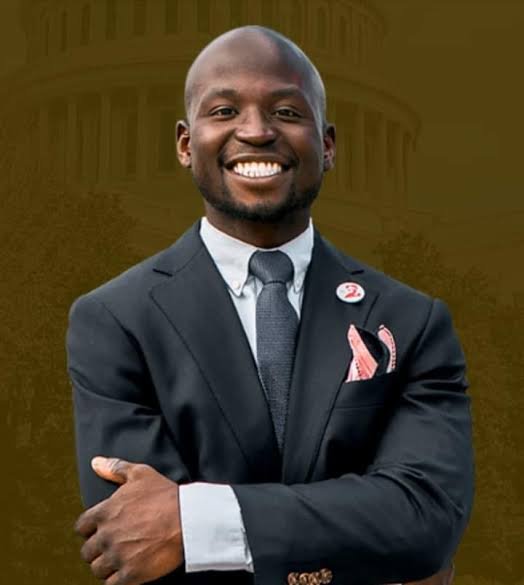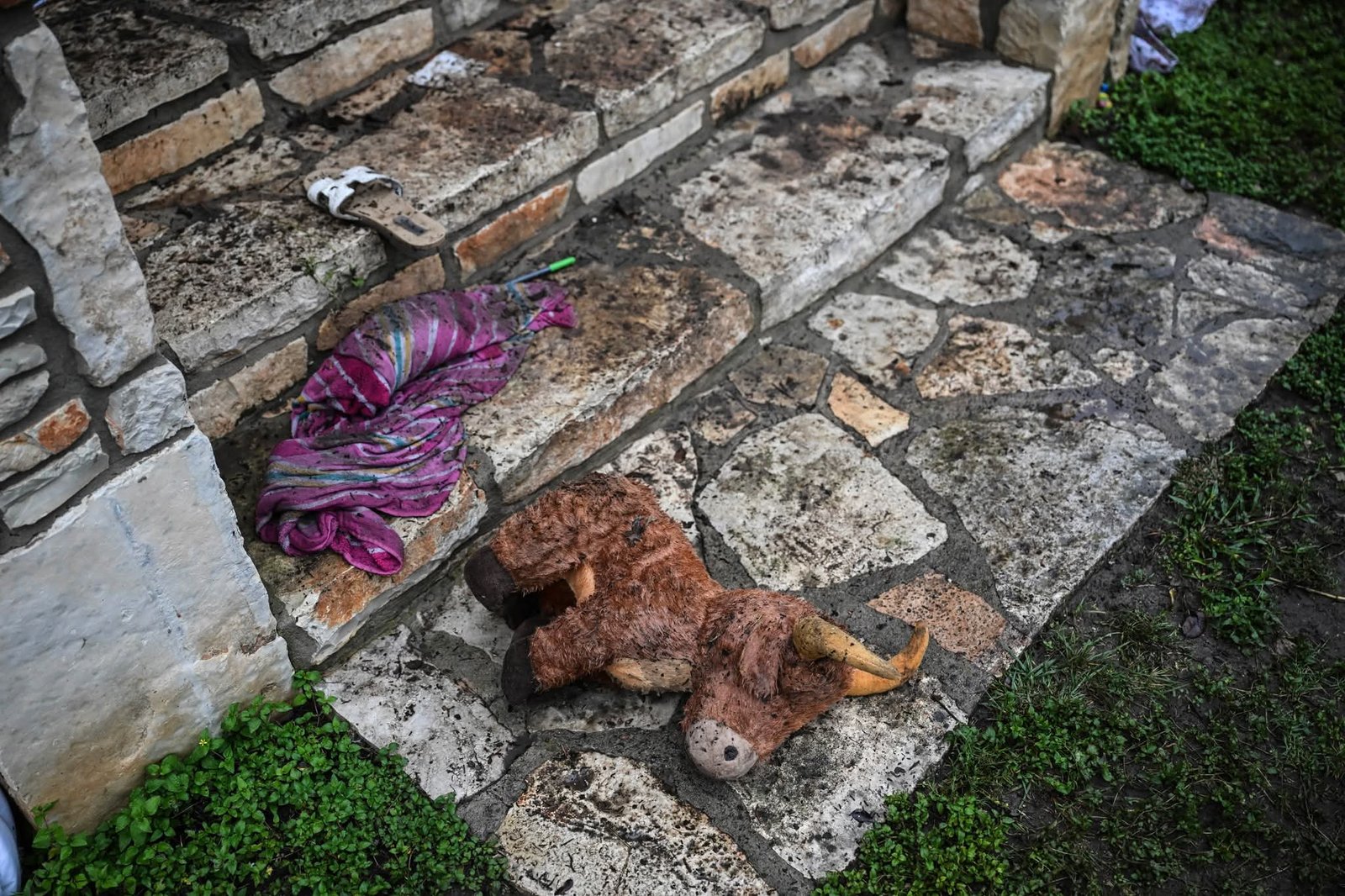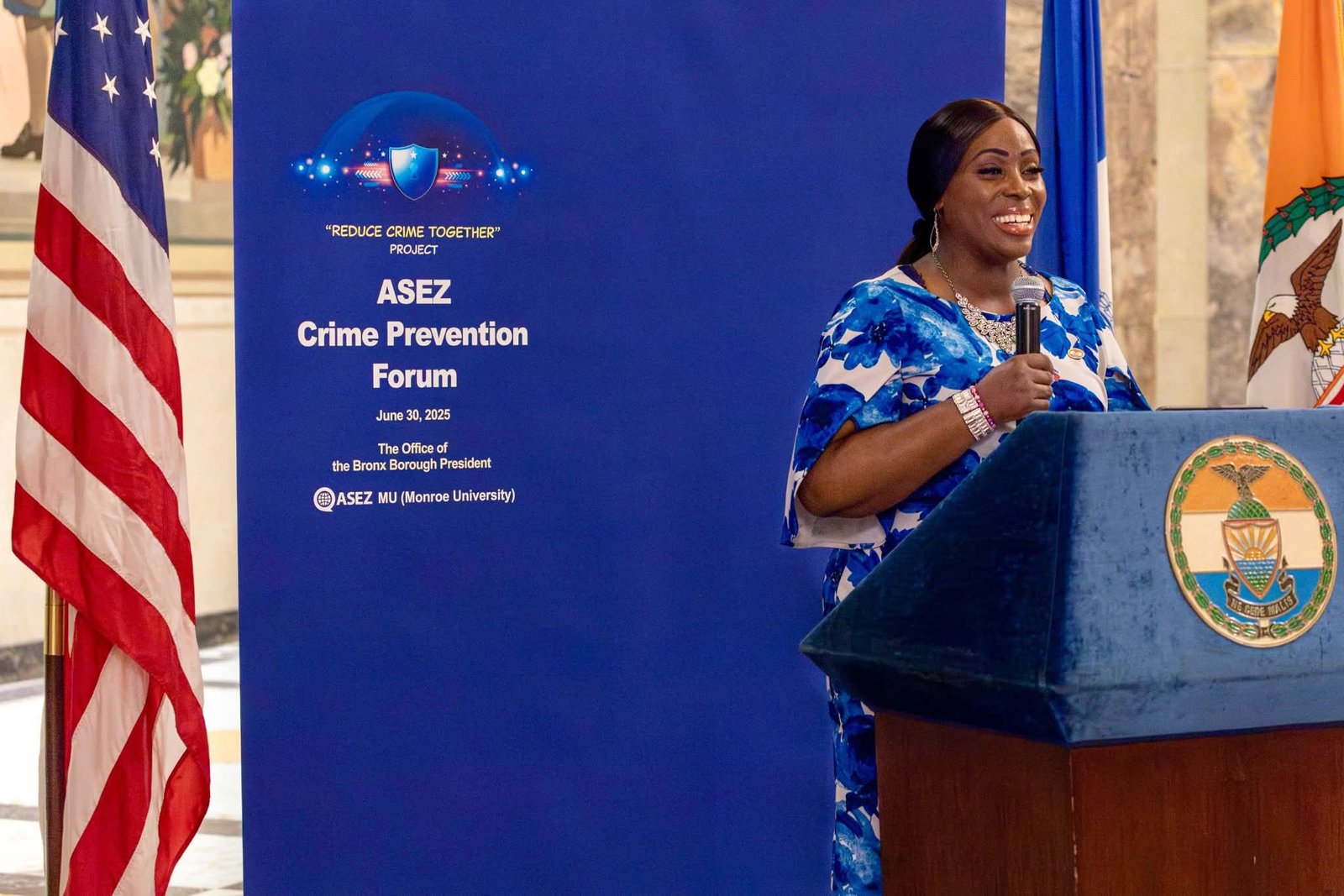
File Source:
New York City Mayor Eric Adams has announced the closure of six additional emergency asylum seeker shelters, including the Creedmoor Humanitarian Emergency Response and Relief Center—the last of the city’s large tent-based facilities. This marks a major milestone in the city’s efforts to manage the ongoing migrant crisis, which has seen more than 231,000 asylum seekers arrive since 2022.
By June 2025, the Adams administration will have closed a total of 52 migrant shelters, reflecting a steady decline in the number of asylum seekers in city shelters. From a peak of 69,000 migrants in January 2024, the shelter population has dropped to fewer than 45,000, thanks to initiatives such as work authorization expansion, case management programs, and resettlement assistance.
“There was never a playbook for this crisis,” Adams stated. “But our decisions and policies have helped us move past the worst of it. Closing 52 shelters in a year is proof of our progress and our commitment to both asylum seekers and the communities that have supported them.”
Since launching the Asylum Application Help Center, NYC has assisted with over 96,000 work authorization and asylum applications. Additionally, the city has provided over 53,200 tickets to help migrants relocate and has conducted more than 855,000 case management sessions to promote self-sufficiency. These efforts have led to 80% of asylum seekers moving forward in their journeys, reducing the city’s financial burden by approximately $5.2 billion across three fiscal years.
The closure of Creedmoor, located on the Queens-based campus of a state-run mental health hospital, follows recent shutdowns of similar facilities on Randall’s Island and Floyd Bennett Field. While final decisions on the next closures are pending, the administration is committed to scaling back its emergency response while continuing to support migrants through job placement, language courses, and legal assistance.
Local leaders have praised the move, with U.S. Congressman Tom Suozzi stating, “This is a major relief for a community that has been burdened for too long.” However, the long-term impact of these closures on remaining asylum seekers and city resources remains a topic of debate.








